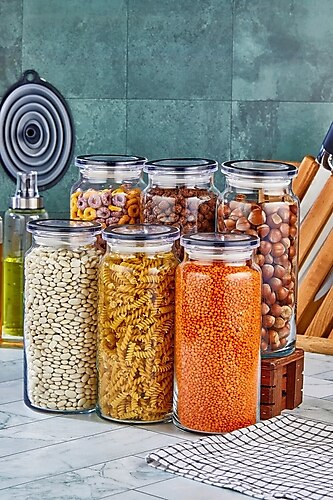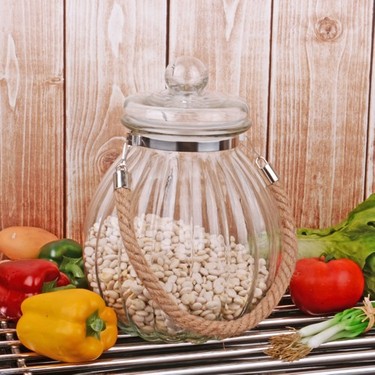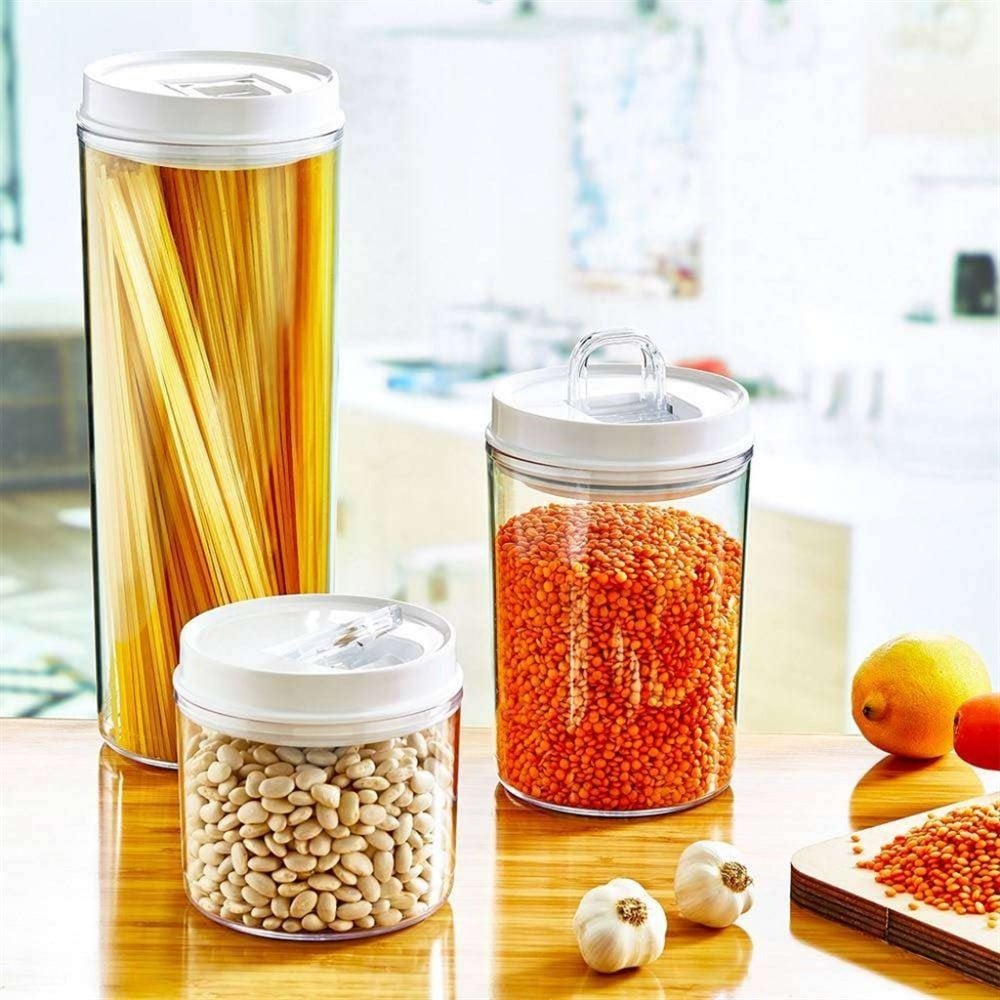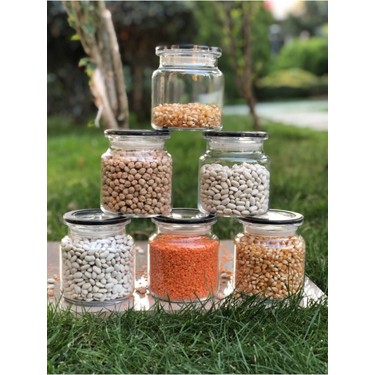
Alışverişlio. 6 Lı Set Bambu Kapaklı Cam Kavanoz & Erzak Saklama Kabı 1.300 ml Büyük Boy ( Vakum Kapak )

Kitchen Life Gold Etiketli 12 Li Büyük Boy Boly Kare Saklama Kabı Seti 1.2lt Antrasit Erzak Kavanoz Seti Fiyatı, Yorumları - Trendyol

FBZhome 6 Adet Vakumlu Cam Kavanoz Bakliyat Erzak Saklama Kabı 1300 Ml Fiyatları, Özellikleri ve Yorumları | En Ucuzu Akakçe

3 Lü Set Bambu Kapaklı Cam Kavanoz & Erzak Saklama Kabı 1.300 Ml Büyük Boy Vakum Kapak -9057409271204 Fiyatları ve Özellikleri

MASTERTOP Kapaklı Cam Kavanozlar,1 Galon Hava Geçirmez Büyük Cam Çerez Kavanozu, Sızdırmaz Kauçuk Conta Kapağı, Kuru Gıda için Çok Fonksiyonlu Saklama Kabı, Çerezler, Atıştırmalıklar : Amazon.com.tr: Mutfak

Antrasit 6'lı Sürgülü Kapaklı Erzak Saklama Kabı - Büyük Boy Etiketli Dikdörtgen Kavanoz Bakliyat 6x2 Lt - MLN-LC-34-29666 - LC Waikiki

Neşeli Mağazacılık 3 Adet Bambu Kapaklı Cam Saklama Kavanozu & Erzak Saklama Kabı 1300ml Büyük Boy (Vakum Kapaklı) Fiyatı, Yorumları - Trendyol

Satın alın 12'li Büyük Boy Cam Kavanoz Saklama Kabı Baharatlık Seti Süper Set 500 Ml (etiket Hediyeli) | Joom

9 Lu Set Bambu Kapaklı Cam Kavanoz & Erzak Saklama Kabı 1.300 ml Büyük Boy ( Vakum Kapak ) Fiyatları, Özellikleri ve Yorumları | En Ucuzu Akakçe

Kitchen Life Etiketli 12 Li Büyük Boy Boly Kare Saklama Kabı Seti 1.2lt Antrasit Erzak Saklama Kabı Kavanoz Seti MCH07919 - OnuAl Fiyat Arşivi















